Washington‘s Wildlife officials are taking to the skies with drones to revolutionize how they track swan and goose populations. The Washington State Department of Fish and Wildlife (WDFW) has initiated a multi-year drone survey program across three counties, according to a report from KIRO7.
Massive Bird Populations Drive Innovation
The sheer scale of the waterfowl populations has pushed WDFW to seek more efficient monitoring methods.
“Overwintering geese and swans are especially numerous in the lower river valleys of the North Puget Sound Region, with more than 100,000 snow geese and 15,000 swans estimated in early 2023 counts,” said Kyle Spragens reportedly, WDFW’s waterfowl section manager.
Program Details and Timeline
The comprehensive drone survey initiative spans across Skagit, Snohomish and Whatcom counties and will continue through December 2026. While focusing primarily on WDFW-managed lands, the program includes protocols for obtaining landowner permission when access to private property is needed.
Safety and Efficiency Benefits
The shift to Drone Technology isn’t just about better data collection – it’s about safer operations. Traditional surveys relied on low-flying aircraft, but drones offer a safer alternative while potentially delivering more accurate population counts and age class data.
Public Impact Minimized
WDFW has emphasized their commitment to following all FAA and department policies throughout the program. They’ve stated no areas will need to be closed, and they’re carefully scheduling flights to minimize disruption to public access and hunters in the region.
DroneXL’s Take
This initiative perfectly exemplifies how drones for good are transforming wildlife conservation efforts. By replacing traditional aircraft surveys with drone technology, WDFW is not only improving safety but also potentially gathering more detailed data about these crucial waterfowl populations. This approach could serve as a model for other wildlife agencies looking to modernize their population monitoring methods.
What do you think about using drones to monitor wildlife populations? Share your thoughts in the comments below.
Photo courtesy of U.S. Fish and Wildlife Service.
Discover more from DroneXL.co
Subscribe to get the latest posts sent to your email.
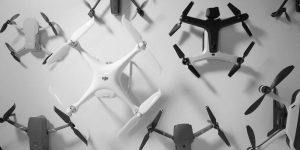


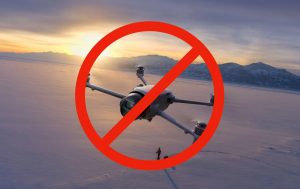
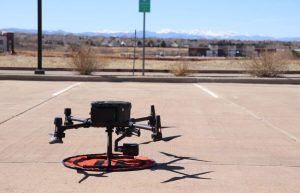

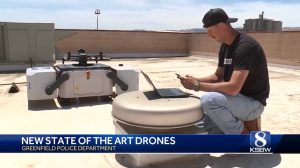

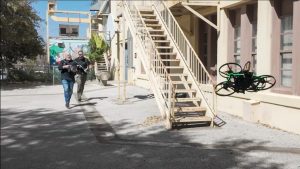
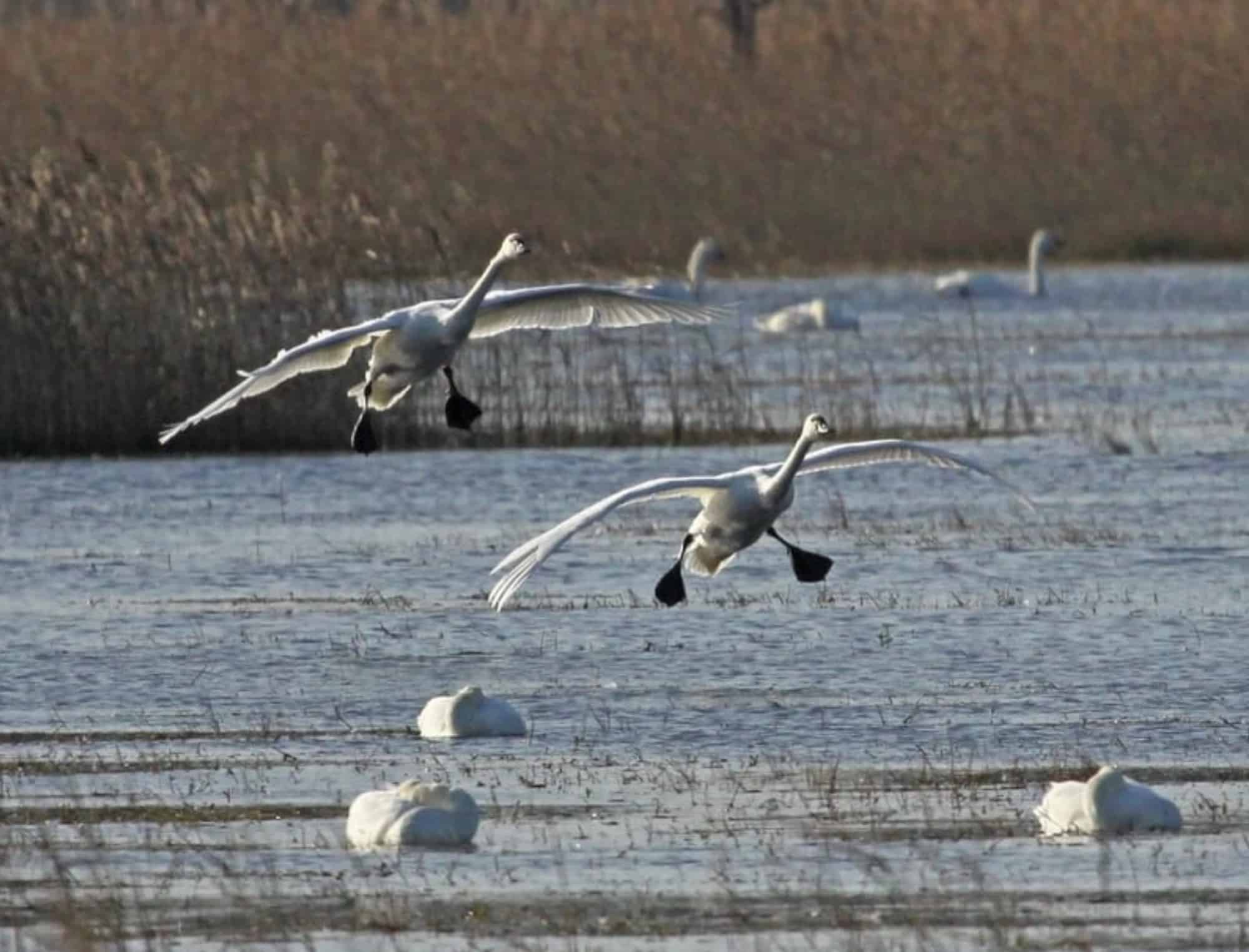
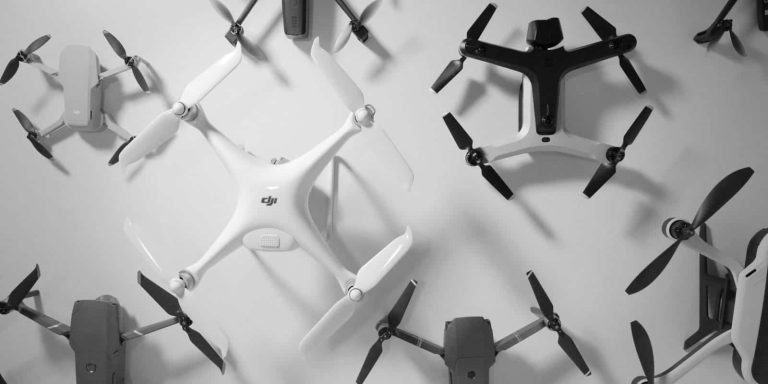



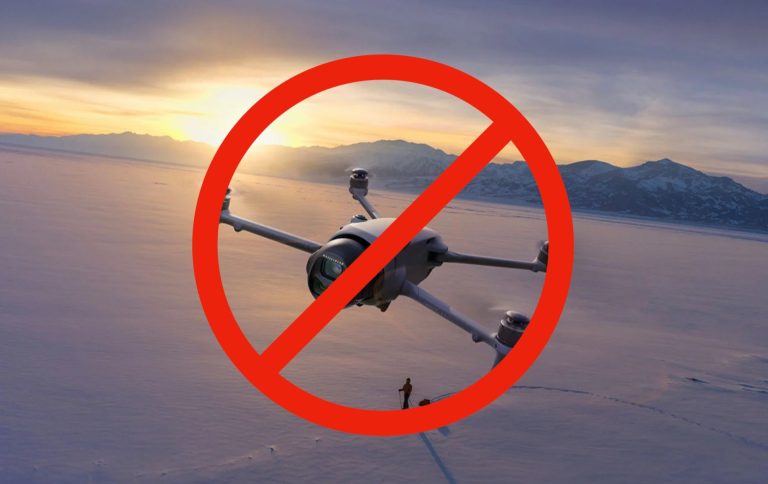
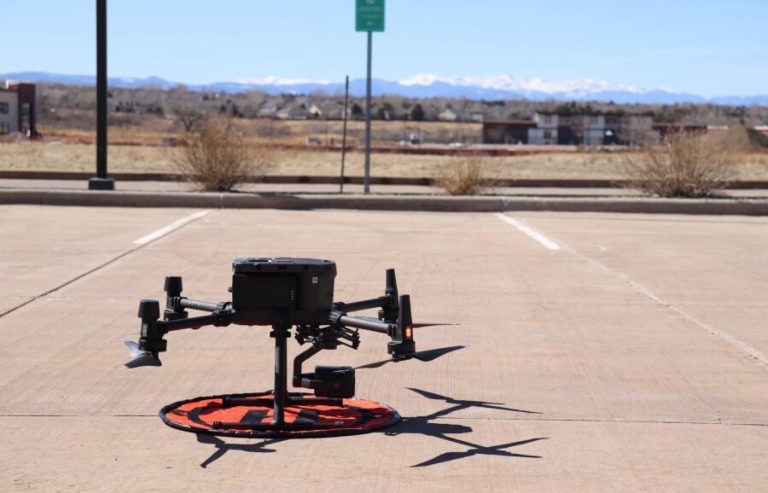
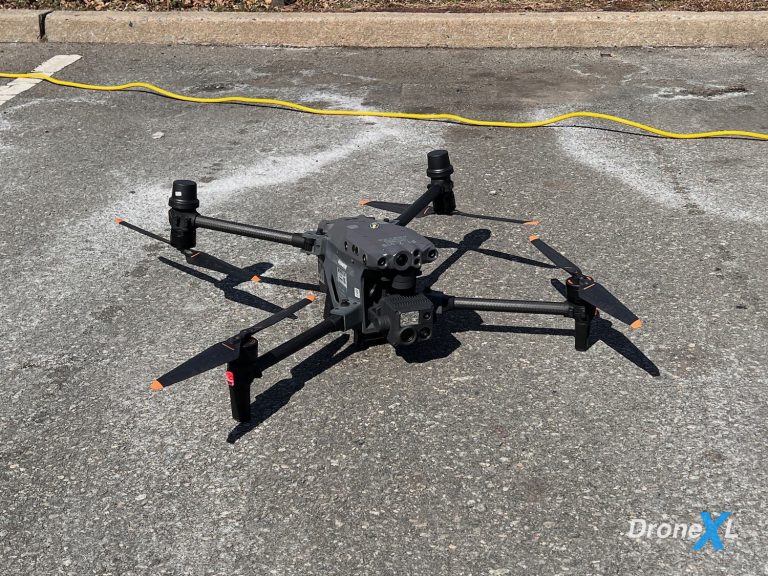


+ There are no comments
Add yours